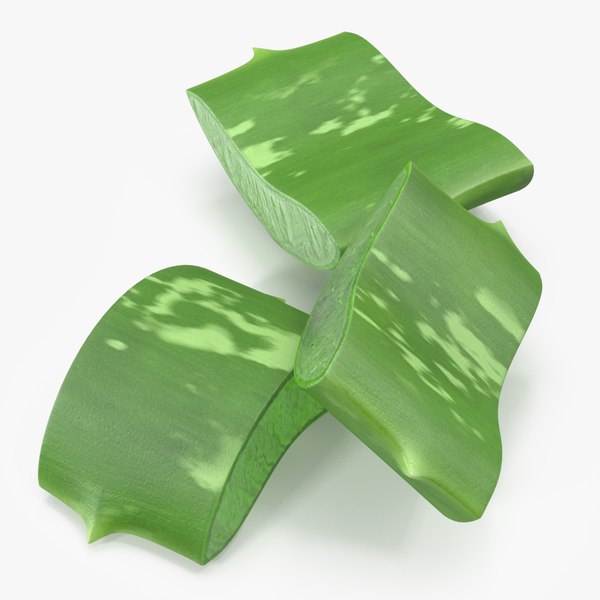This Haworthia succulent is a great way to treat your brain as well as your body. Scales can be treated in the same way as mealybugs. It doesn’t require much attention and can be left alone. As long as it gets enough water, it will thrive. Echeveria dondo is unique in that it blooms earlier than other succulents. It is best to grow the Echeveria doro outdoors but it can also be grown indoors. Avoiding watering after-hours will allow you to avoid hot water sitting on your plants, potentially burning them. The reason your leaves curl is likely because the soil is dry. Cactus is a special plant that can be grown indoors without too much care. Red spots or tips on succulents do not necessarily mean that they are getting too much sunlight.
 You can purchase kittygrass from your local pet shop. poisonous cactus plants belongs to the large category of cacti because it can reach up to 49 feet if used outdoors. You need to repot this plant before it gets too big. They usually reach about 3 feet tall and 8 inches wide at maturity. Its most popular culinary species, Indian fig Opuntia (or Indian fig opuntia), can grow from 16 to 23ft tall and have a trunk of around 3 feet. This species varies in spines, as some cultivars may have extremely long spines while others may lack spines entirely. This means some succulents have faced the same environmental conditions as that of cacti. Many varieties mature at about the same height as their counterparts. The stems can grow to as high as 5 feet in height, while the average diameter is about 4 inches.
You can purchase kittygrass from your local pet shop. poisonous cactus plants belongs to the large category of cacti because it can reach up to 49 feet if used outdoors. You need to repot this plant before it gets too big. They usually reach about 3 feet tall and 8 inches wide at maturity. Its most popular culinary species, Indian fig Opuntia (or Indian fig opuntia), can grow from 16 to 23ft tall and have a trunk of around 3 feet. This species varies in spines, as some cultivars may have extremely long spines while others may lack spines entirely. This means some succulents have faced the same environmental conditions as that of cacti. Many varieties mature at about the same height as their counterparts. The stems can grow to as high as 5 feet in height, while the average diameter is about 4 inches.
Non-organic substances aid in drainage, but organic materials are good for plants. Copiapoa cinemata are young and globular. However, older Copiapoa cinerea can be more columnar. They are slow-growing and don’t need repotted often. This makes them very useful houseplants. A pot must have a draining hole. Echeveria doro is a succulent that does not need much water. Many people like to use it to decorate wedding cakes. Remember, their stems are very fragile, and you don’t want to use a watering can; you can damage them. These plants can survive in extreme temperatures due to their desert roots. People who first own plants often place them in unsafe situations. Place them near the window so they get direct sunlight. When placing your indoor plants, be sure to place them in the sunniest spot.
Your plant may be turning yellow due to poor nutrient absorption. They are usually bell-shaped and can range in color from pale yellow to pale orange. They are the most hardy in USDA hardiness zones 9-11. It is a blessing to be able to grow my Jelly Bean Plants outside all year. Snake plants have been known to purify your home’s air by removing formaldehyde or benzene toxic substances. It is easy to change the climate that succulents are exposed to. All you need to do is control the room temperature. It’s a native of hot, dry areas of Mexico. They can also thrive in areas with little or no irrigation. It can be tough and strong, and requires very little attention or care. Any damage to leaves caused by too hot, too cold, too wet, or too much water can cause permanent damage. Use caution as too much fertilizer will burn your plant; follow the packaging instructions when using a liquid plant fertilizer.
What Does Sunburn Do to Chicks and Hens? I was first attracted to this plant because I thought I was buying a mini jade plant. If you want to make sure your cactus flowers, it is best to buy one that is already flowering. This can happen if the plants were grown in a particular climate, and then moved to a completely different environment. It is crucial to pay close attention to how your plants are being treated so that they can live in the best possible conditions. You will find that most succulents come with a variety of colors. However, the majority of them are a shade green. Most plant varieties will be able to tolerate a mix of 10-10-10 or 15, 15-15-15. As the plant matures, it develops new offsets surrounding its base. Common signs of overwatering include yellowing and mushy foliage, particularly at the base. You may notice a little bit of wool at both the base and the apex. Some varieties can be grown in cultivation.
